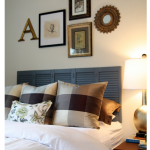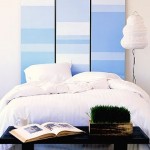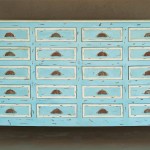
Picture from M.E. Beck Design, Inc. at mebeck.com
In keeping with some earlier posts about headboards, here’s another idea worth your time and attention: what about using old shutters?
This idea works especially well if you’re interested in a distressed look (as we see in the picture at the left). If that’s the look you’re going for, it doesn’t matter if the shutters are old, chipping, faded or even broken (note the second white shutter). All of those things play into “the look.”
So, whenever you’re wandering through a large flea market or a mission store . . . keep your eyes open for little treasures like these!
VARIATIONS
- BUILD YOUR OWN. Now, if you can’t find some plantation shutters like the ones above, don’t worry–you could still imitate the look with some very simple exterior shutters. And if you can’t find any wooden ones for sale, you could easily build your own. Just take a look at the picture to the right for inspiration. The shutters don’t need to be complicated. Just create some shutters, finish them in whatever style appeals to you and mount them.
- MIX and MATCH. Don’t be afraid to combine headboard ideas into one. For example, an obvious combination would be to start with 1 old window and then install a shutter on either side of it. Go crazy and complete the look by building a small flower box underneath the window with greens or real potted plants.
Whatever you do, as with all these ideas, have fun. Don’t jump at the first idea that crosses your mind. Think about it for a while . . . turn it over in your brain . . . and you’ll be surprised how creative you really can be!




